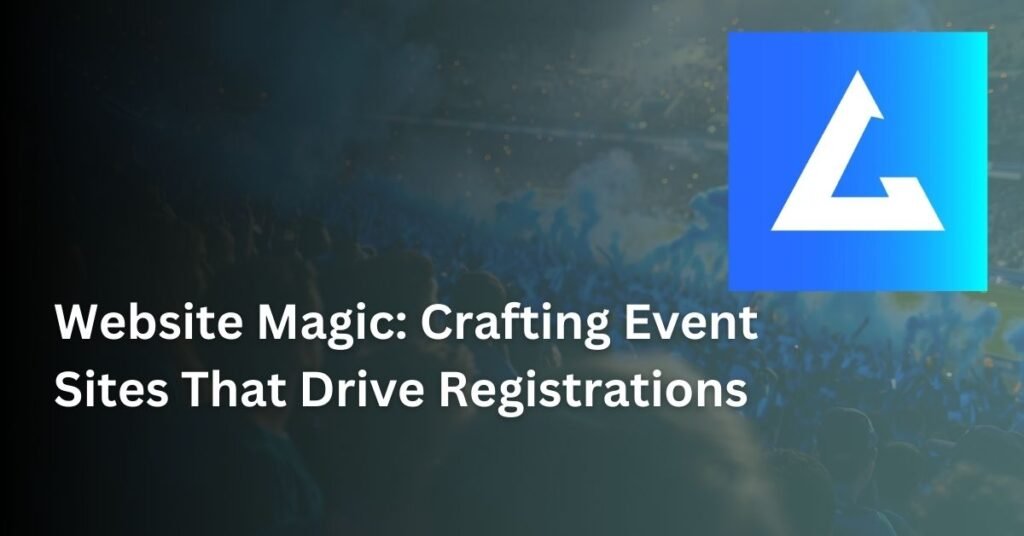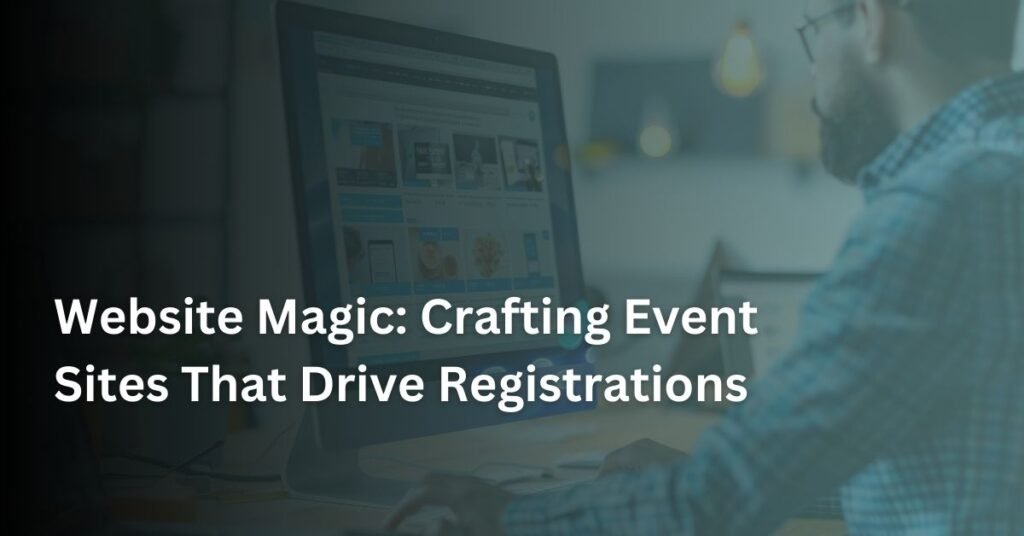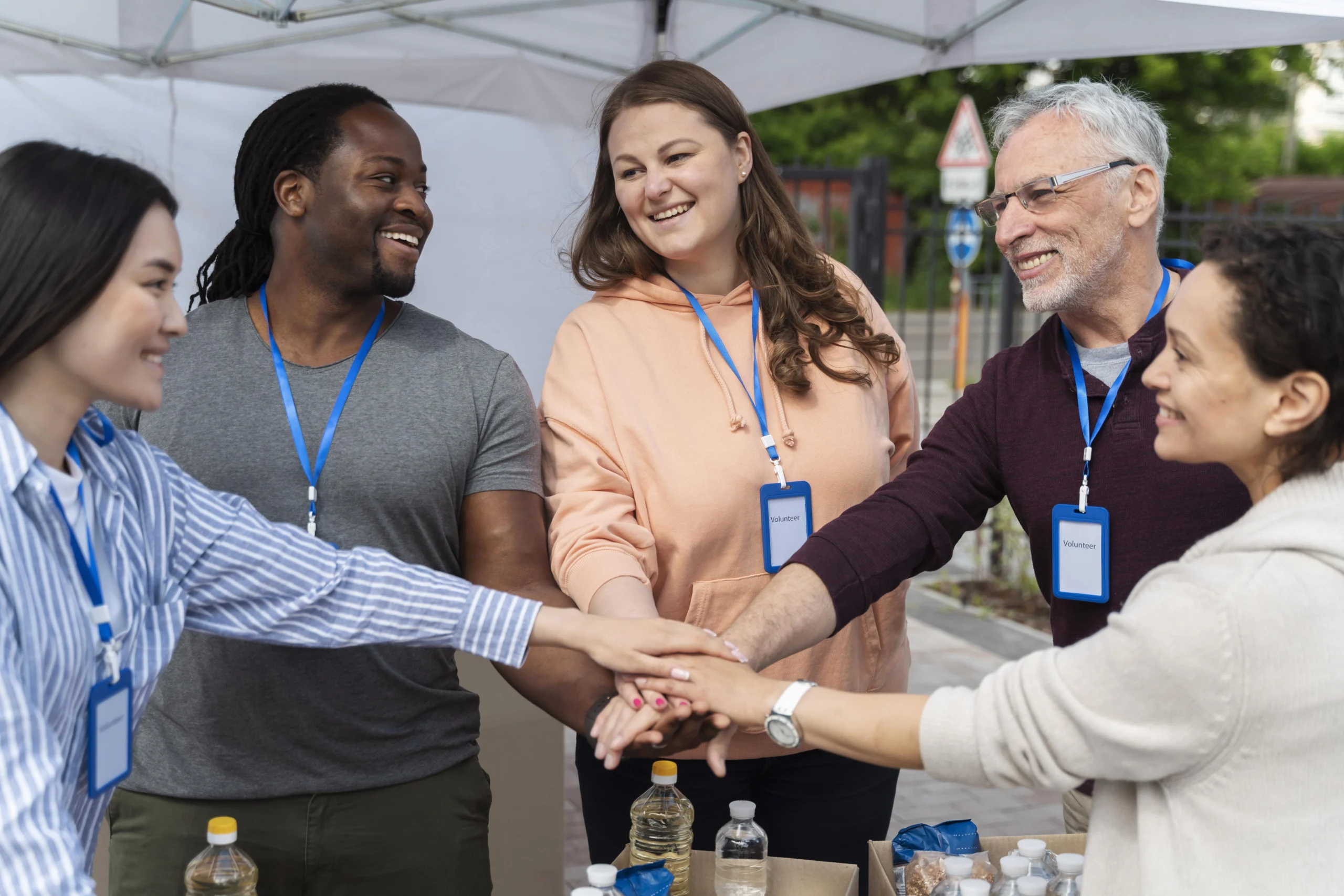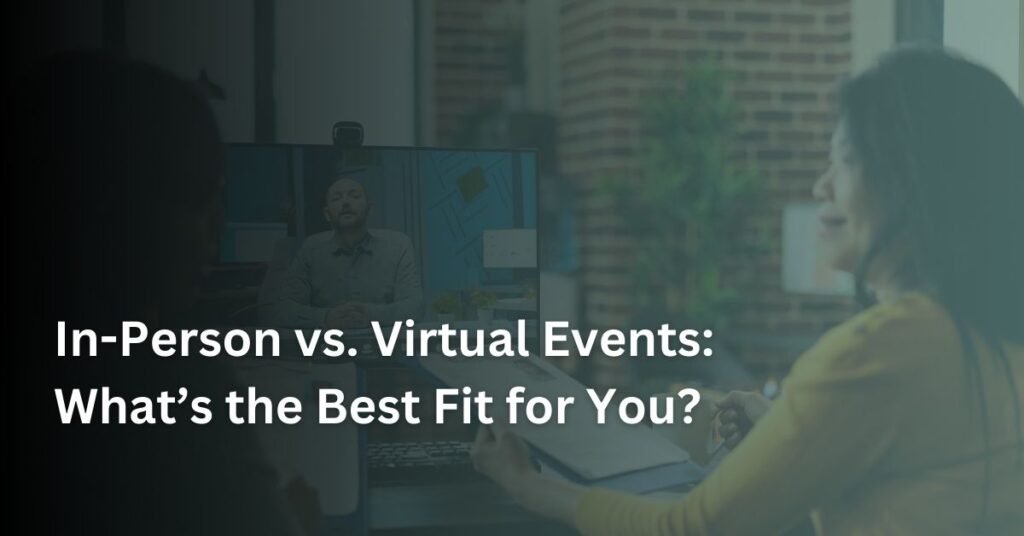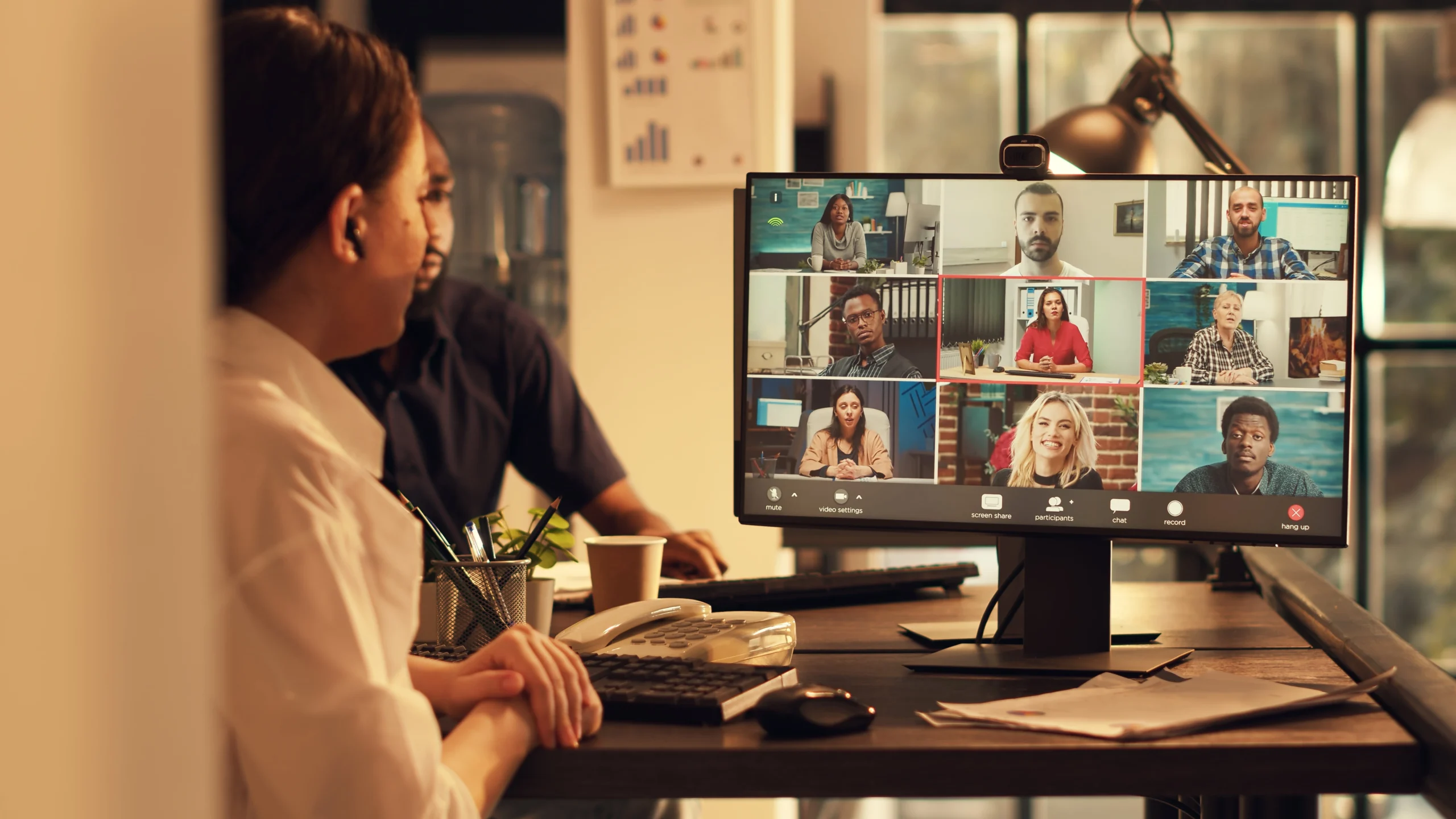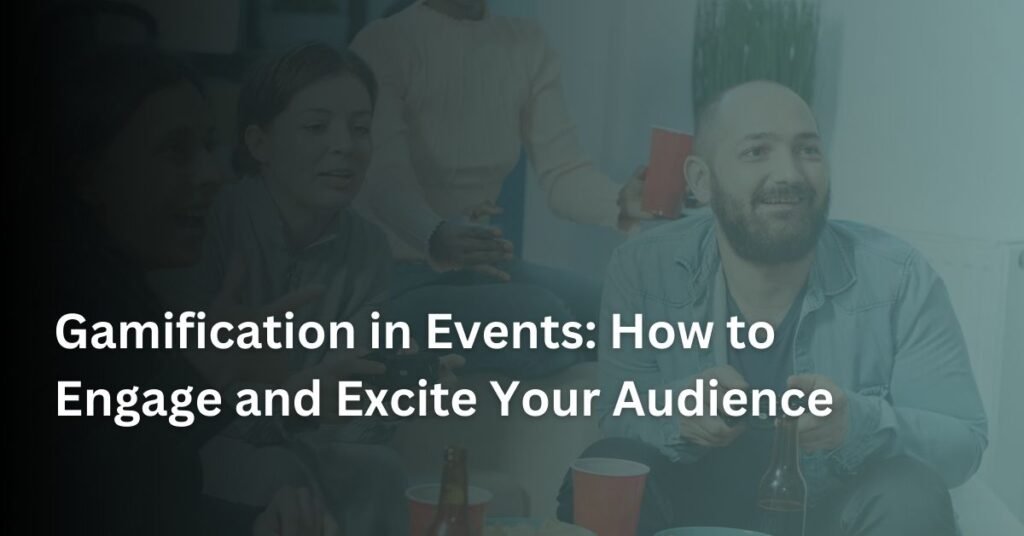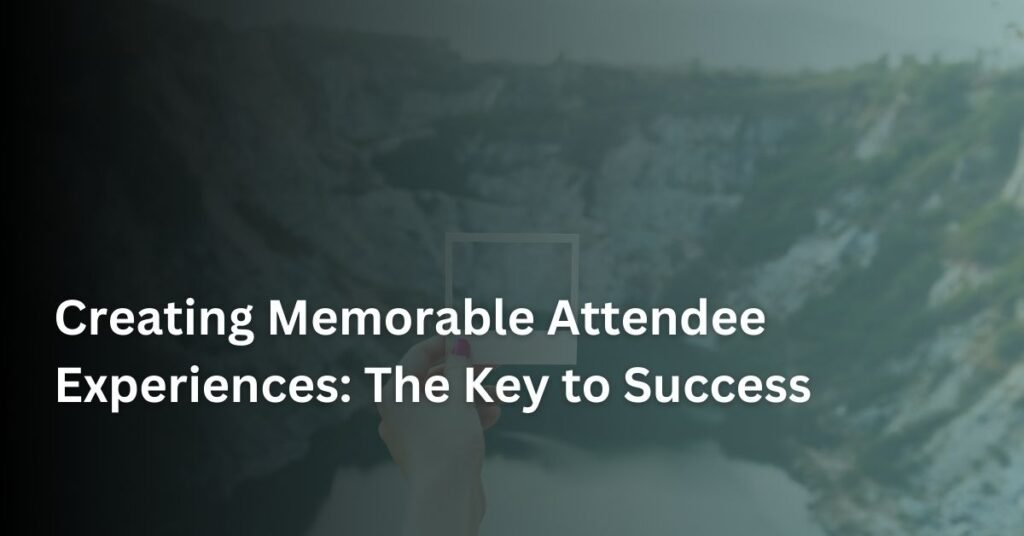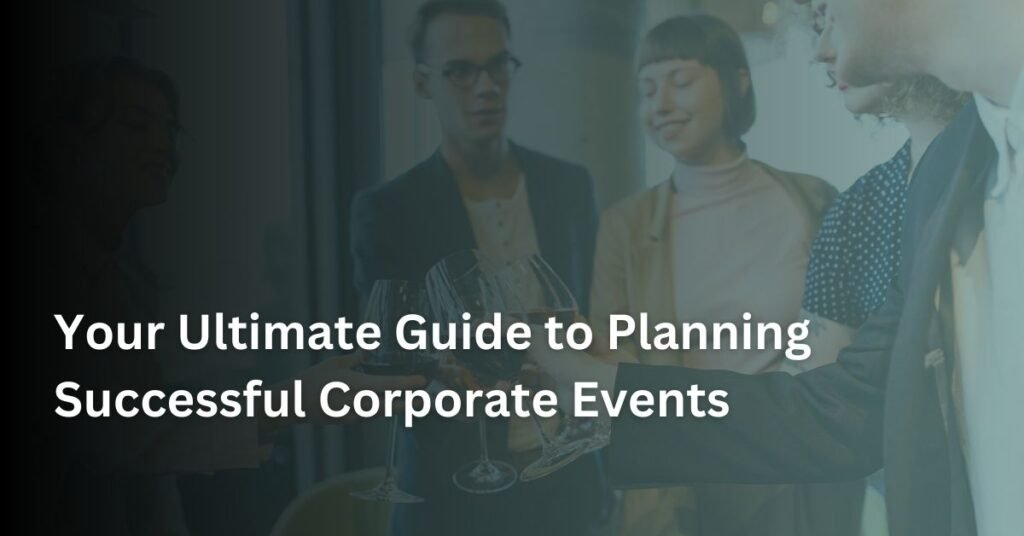Behind the Scenes: Crafting High-Impact Events with AttendeeGain
When it comes to event planning, many people see only the polished final product—the flawless execution, the buzzing atmosphere, and the engaged attendees. However, behind every successful event lies meticulous planning, creativity, and expertise. At AttendeeGain, we take pride in transforming our clients’ visions into high-impact events that resonate long after the last guest leaves. In this article, we will provide an insider’s look at our process, highlighting key strategies that make our events stand out.
Understanding Client Vision

The first step in crafting a successful event is understanding our client’s vision. We begin by engaging in in-depth discussions to clarify their goals, target audience, and desired outcomes. For instance, whether it’s a corporate conference, a product launch, or a community gathering, we ensure we capture the essence of what our clients want to achieve. This approach aligns everyone involved and sets the foundation for a successful event.
Moreover, conducting thorough market research is crucial. It helps us understand industry trends and audience preferences. This allows us to tailor the event to meet the specific needs of attendees. Resources such as Eventbrite’s Industry Trends Report provide valuable insights that we incorporate into our planning process.
Understanding Client Vision
The first step in crafting a successful event is understanding our client’s vision. We begin by engaging in in-depth discussions to clarify their goals, target audience, and desired outcomes. For instance, whether it’s a corporate conference, a product launch, or a community gathering, we ensure we capture the essence of what our clients want to achieve. This approach aligns everyone involved and sets the foundation for a successful event.
Moreover, conducting thorough market research is crucial. It helps us understand industry trends and audience preferences. This allows us to tailor the event to meet the specific needs of attendees. Resources such as Eventbrite’s Industry Trends Report provide valuable insights that we incorporate into our planning process.
Strategic Planning and Logistics

Once we have a clear vision, the next step is to develop a strategic plan. This includes selecting the right venue, setting a budget, and creating a timeline. At AttendeeGain, we focus on seamless logistics to ensure that every element of the event flows smoothly. For example, we partner with reputable vendors for catering, audio-visual equipment, and decor. By working with trusted partners, we can assure high-quality services and reliability.
Furthermore, we leverage technology to enhance the event experience. Event management software plays a pivotal role in streamlining registration, ticketing, and communication. By using platforms like Eventbrite or Cvent, we manage guest lists efficiently and provide attendees with essential information leading up to the event.
Engaging Attendees with Unique Experiences
Creating memorable experiences is at the heart of our events. This is where innovation and creativity come into play. We incorporate interactive elements that engage attendees and encourage networking. For instance, we might include live polls, Q&A sessions, or workshops that allow participants to share their thoughts and ideas.
Moreover, we pay attention to the event’s aesthetics. From the overall theme to the color palette and branding, every detail contributes to the attendee experience. Resources like Canva can help design captivating graphics that elevate the visual appeal of event materials.
Feedback and Continuous Improvement

After the event, we don’t simply pack up and move on. Gathering feedback is essential for continuous improvement. We send out post-event surveys to attendees to gauge their experiences. This feedback helps us identify strengths and areas for growth. We also analyze event metrics, such as attendance rates and engagement levels, to assess overall success.
By regularly evaluating our processes, we refine our strategies and ensure that each event we plan is better than the last. This commitment to improvement reinforces our reputation as a leader in event planning.
Conclusion
For more such informational blogs and product insights, visit us at AttendeeGain. Looking for Branding or Digital Products Consultancy? check out BrandWorks.

Abhishek Kapoor
Abhishek Kapoor is the founder and creative head of BrandWorks Worldwide. His is an ex-Cvent and has worked in the event space for the last 13 years, providing branding and registration expertise to many clients globally.
Behind the Scenes: Crafting High-Impact Events with AttendeeGain Read More »
